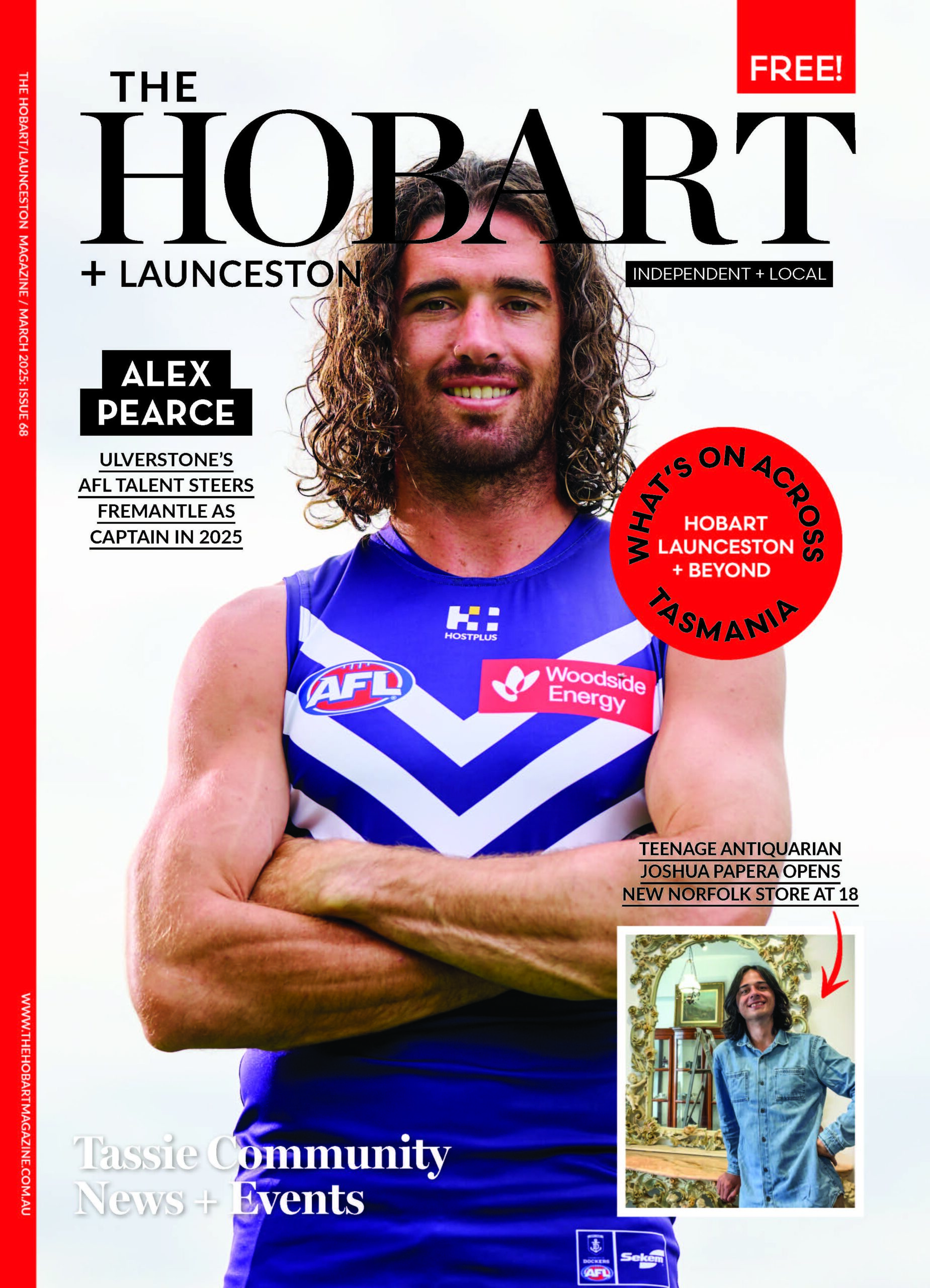From 2-5 August, the Australian Antarctic Festival hits Princes Wharf, Castray Esplanade to celebrate all things Antarctic, from the ships and logistics of getting scientists there, to talking through fascinating insights into life on the frozen continent. You can book to take a tour of the Aurora Australis and RF Investigator ships at the wharf, or head out to the airport to inspect the RAAF Globemaster C-17A aircraft.
The Antarctic Photography Exhibition is open daily during the festival at the Tasmanian Museum & Art Gallery, then there are Polar History Walks, film screenings, open days at IMAS and CSIRO Marine Labs and lectures by celebrated scientists. There’s even 8000 replica penguins that have been painted by local kids.
Some events and tours are ticketed so make sure you get in early and book online. There’s also a whole lot more on offer as part of the four day festival.
Find out more about the festival at www.antarcticfestival.com.au
David Jensen AM is chairman of the Mawson’s Huts Foundation, the driving force behind the festival.
What is the goal of the Australian Antarctic Festival?
The Mawson’s Huts Foundation initiated the Australian Antarctic Festival for several reasons. Firstly it helps to enhance Hobart as the gateway to the Antarctic for the Asia Pacific region, it assists in promoting Tasmania as Australia’s Antarctic state (there are more Southern Ocean and Antarctic scientists in Tasmania than anywhere else in the world!) and through the Mawson’s Huts Replica Museum it helps to educate people about the story of Douglas Mawson and his Australasian Antarctic Expedition of 1911-14 and Australia’s role in the Antarctic. It was Mawson who claimed 42 per cent of the Antarctic for Australia and this territorial claim in 1929-31 still stands and is recognised today. It’s an important part of his legacy which needs to be recognised.
What’s special about the festival?
The festival helps to bring together the Antarctic community which involves a very large number of organisations and individuals, not only in Australia but from all over the world. Although in its infancy, the event is already attracting international interest and will continue to do so as it develops over the years.
There’s great engagement with schools and young children, how important is this to continuing the work of the AAF and the Mawson’s Huts Foundation?
Involving children in the festival is terribly important as it helps them to understand not only Australia’s Antarctic history but the work Australian scientists and researchers are doing on the white continent. Just over 8000 school are involved in painting 30cm high plywood penguins which not gives them a direct interest in the event but assists in understanding more about these wonderful birds and the need to protect the environment they live.


